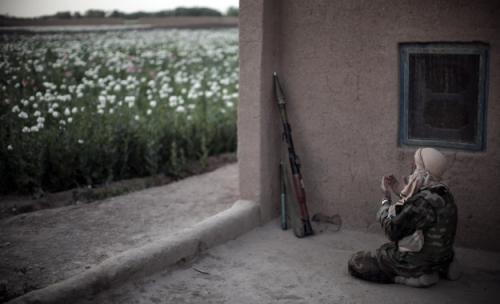 From Foreign Policy: Rather than describing Afghanistan with the language of war and battles, we have come to think of the country as an ailing patient — in many ways analogous to a weakened person under attack by an aggressive infection. …
From Foreign Policy: Rather than describing Afghanistan with the language of war and battles, we have come to think of the country as an ailing patient — in many ways analogous to a weakened person under attack by an aggressive infection. …
NATO’s combat presence in Afghanistan is considerable. At its peak, combat troops will number nearly 130,000. NATO countries provide the conventional combat troops distributed across the country by region, with especially heavy concentrations in the south, where the Taliban infection is particularly virulent. These troops are augmented by special operations forces and complete coalition air dominance through both manned and unmanned armed platforms. …
This surge of combat power, along with the Marja and Kandahar offensives, will suppress the Taliban infection in the near term, but is only a temporary reprieve. The current high level of U.S. and NATO combat power cannot be maintained forever. Therefore, without a rejuvenated immune system, the infection will come back. …
In November 2009, the NATO alliance stood up a dedicated training command with the mission of building the ANSF. NATO Training Mission-Afghanistan is responsible for the generation, development, and professionalization of the Afghan army, police, army air corps, and all the various supporting structures, from back-office support systems to military schools. The financial resources devoted to this training mission are among the largest of its kind in the world.
But it isn’t just dollars flowing into the country: Trainers, instructors, advisors, engineers, and logisticians are flowing in rapidly and will peak at several thousand. Training facilities and infrastructure include basic-training camps in every regional command, logistical infrastructure, new military hospitals and clinics, and a national military academy modeled after U.S. military academies. The output of these camps and schools is rapidly climbing, producing almost 10,000 police and soldiers per month. (photo: Mauricio Lima/AFP/Getty)
Image: afp_4_8_10.jpg
